Report: Aston Martin Seeking New CEO, Among Others

It’s no secret that Aston Martin is in financial trouble. It went into 2020 in rough enough shape to require extensive restructuring, making the subsequent years more about survival than growth. Executive Chairman Lawrence Stroll has said he remains committed to saving the company and reviving its defunct Formula One team on more than one occasion since then. But he is clearly fighting an uphill battle.
Despite having achieved a few sales targets after spending most of 2020 shut down, Aston Martin continues facing product delays and is losing talent faster than it can replace it. Some of this has been attributed (fairly or not) to CEO Tobias Moers, who took over for Andy Palmer in August of 2020. But it looks like Moers may be leaving the company as well if the latest reports are to be believed.
Under Tobias’ watch, the company lost its chief financial officer (Peter Freedman), special operations officer (David King), supply chain director (Kris Elston), lead executive for vehicle attributes (Matt Becker), general manager (Carl Elston), model quality director (Stuart Jeff), and plenty of others. On Wednesday, Aston Martin also confirmed that F1 Team Principal Otmar Szafnauer had taken a hike while stating that his position would be “managed within the leadership team until a replacement is appointed.”
Autocar has since reported that the CEO will probably be the next one out the door, citing anonymous sources from inside the company saying that it has already been interviewing for a replacement.
When questioned, Aston Martin said it couldn’t comment on speculation and left it there. But the mere fact that it cannot confirm the continued employment of its own chief executive is pretty telling.
From Autocar:
One source told Autocar that more than half of the company’s senior leadership team had left since Moers took the helm of the firm, suggesting his hands-on leadership style had led to significant tensions. The fact that a substantial number of personnel have departed is backed up by searches on LinkedIn, but exact percentages could not be verified by Autocar.
Shortly after taking over the role, Moers described Aston’s position as “worse than I thought, about as bad as it could be”. He is said to have clashed with his teams repeatedly as he tried to impose his vision for the firm’s future.
Although Aston’s financial results have been more positive in recent times – with revenues having nearly tripled year on year in 2021, chiefly buoyed by sales of the DBX SUV developed under Palmer’s watch, and which accounted for more than half of sales – substantial loan repayments still held back its financial performance last year.
Though it hasn’t been a bed of rosses. Aston Martin reported a third-quarter, pre-tax loss of 97.9 million pounds ($130 million USD) in November and nobody really expects the full-year rundown (due in February) to be much better. The company’s share price has also cratered since 2019, with a secondary dip taking place in May 2020 that made the stock borderline worthless if you bought in early.
Is that entirely down to having Moers as CEO? Considering a lot of the financial issues predate his arrival, probably not. But lead executives often become sacrificial lambs for companies that aren’t performing well and it sounds like some of the decisions he made since coming aboard haven’t gone over well.
In an attempt to turn things around, Moers immediately opted to abandon the new V6 engine Aston was developing and moving some of the planned EVs over to the relaunched Lagonda brand — which would become electric-only. But plans for Lagonda have repeatedly been pushed back to a point where most people are doubting whether it’s actually going to resurface.
Instead of the V6, Moers decided to lean into his past position as CEO of Mercedes-AMG by having the Germans provide Aston with hybrid engines for several upcoming models. He rationalized the decision by suggesting that the V6 the company originally had in development wouldn’t be Euro 7 compliant, potentially opening the company up to emission fines it couldn’t possibly afford.
“We shouldn’t put money into that. We should instead put money into electrification, batteries and the expansion of our portfolio. The intention is to be a self-sustaining company, although always with a partnership,” he said back in May.
We’re disinclined to jump on the bandwagon of blaming Moers for the string of departures. But the extended production delay of the Valkyrie hypercar seems to be at odds with his creed of keeping things simple — as most of the setbacks have been attributed to the model’s overwhelming complexity. The limited street variant of the carbon-fiber automobile will be issued a 6.5-liter V12 hybrid powertrain capable of an estimated 1,000 horsepower before the electric motors are even brought into play. As such, production is to be capped at 150 units with even the most basic examples assumed to retail for several million dollars each.
There’s also a track-focused AMR Pro that’s supposed to exceed the standard version’s 1,160 hp and 663 lb-ft of torque. But it will be limited to just 25 units and is assumed to retail somewhere near $4 million, assuming the Valkyrie actually gets made.
As for Moers, we can’t say anything definitive until the automaker is willing to confirm or deny something. But Mr. Stroll has suggested Aston Martin isn’t actively hunting for a new CEO — which is exactly what Nissan did before they canned Carlos Ghosn and Ford did before it got rid of Mark Fields.
We’ll try to keep you updated.
[Images: Aston Martin]

A staunch consumer advocate tracking industry trends and regulation. Before joining TTAC, Matt spent a decade working for marketing and research firms based in NYC. Clients included several of the world’s largest automakers, global tire brands, and aftermarket part suppliers. Dissatisfied with the corporate world and resentful of having to wear suits everyday, he pivoted to writing about cars. Since then, that man has become an ardent supporter of the right-to-repair movement, been interviewed on the auto industry by national radio broadcasts, driven more rental cars than anyone ever should, participated in amateur rallying events, and received the requisite minimum training as sanctioned by the SCCA. Handy with a wrench, Matt grew up surrounded by Detroit auto workers and managed to get a pizza delivery job before he was legally eligible. He later found himself driving box trucks through Manhattan, guaranteeing future sympathy for actual truckers. He continues to conduct research pertaining to the automotive sector as an independent contractor and has since moved back to his native Michigan, closer to where the cars are born. A contrarian, Matt claims to prefer understeer — stating that front and all-wheel drive vehicles cater best to his driving style.
More by Matt Posky
Latest Car Reviews
Read moreLatest Product Reviews
Read moreRecent Comments
- Probert They already have hybrids, but these won't ever be them as they are built on the modular E-GMP skateboard.
- Justin You guys still looking for that sportbak? I just saw one on the Facebook marketplace in Arizona
- 28-Cars-Later I cannot remember what happens now, but there are whiteblocks in this period which develop a "tick" like sound which indicates they are toast (maybe head gasket?). Ten or so years ago I looked at an '03 or '04 S60 (I forget why) and I brought my Volvo indy along to tell me if it was worth my time - it ticked and that's when I learned this. This XC90 is probably worth about $300 as it sits, not kidding, and it will cost you conservatively $2500 for an engine swap (all the ones I see on car-part.com have north of 130K miles starting at $1,100 and that's not including freight to a shop, shop labor, other internals to do such as timing belt while engine out etc).
- 28-Cars-Later Ford reported it lost $132,000 for each of its 10,000 electric vehicles sold in the first quarter of 2024, according to CNN. The sales were down 20 percent from the first quarter of 2023 and would “drag down earnings for the company overall.”The losses include “hundreds of millions being spent on research and development of the next generation of EVs for Ford. Those investments are years away from paying off.” [if they ever are recouped] Ford is the only major carmaker breaking out EV numbers by themselves. But other marques likely suffer similar losses. https://www.zerohedge.com/political/fords-120000-loss-vehicle-shows-california-ev-goals-are-impossible Given these facts, how did Tesla ever produce anything in volume let alone profit?
- AZFelix Let's forego all of this dilly-dallying with autonomous cars and cut right to the chase and the only real solution.



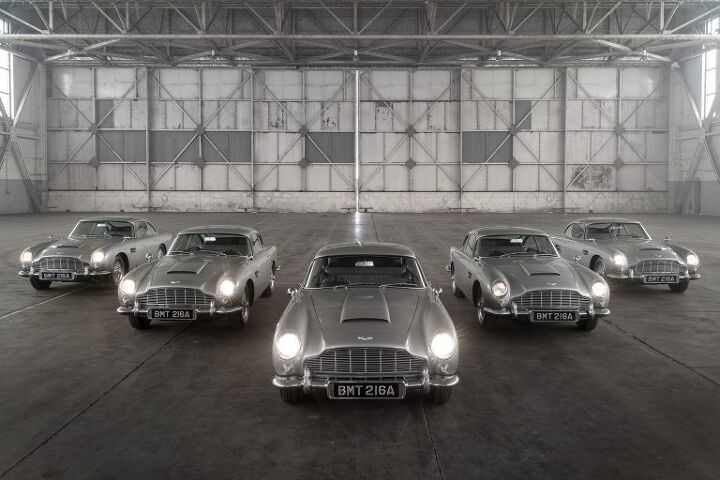














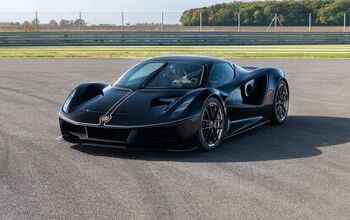



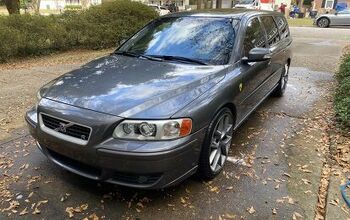
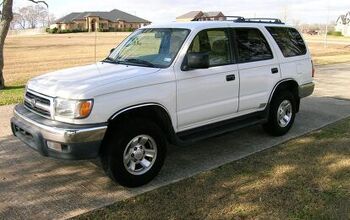
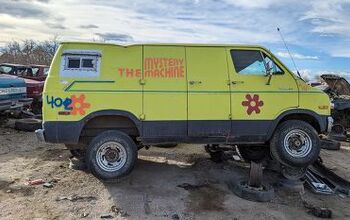


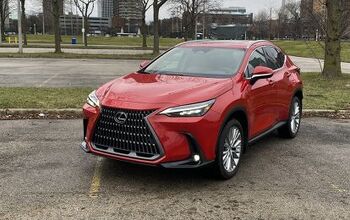

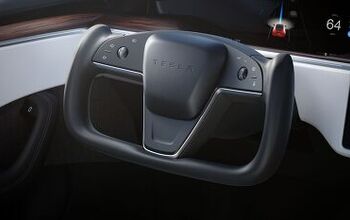
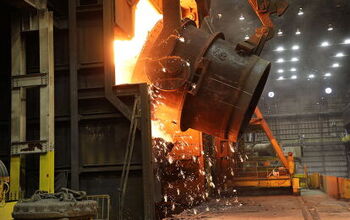
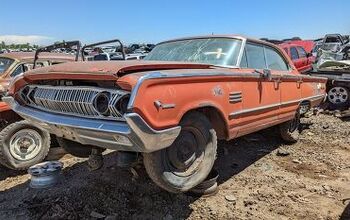



Comments
Join the conversation
Another Friday, another "Aston-Martin Going Under" story. Don't fret, there's always someone or some company willing to own the brand for a while. Valkyrie will be shelved, the AMG engines will continue, and Mercedes-AMG will slowly absorb them. The Germans have a weakness for English luxury brands (VW/Bentley, BMW/Rolls-Royce), so this is the logical end of the story.
What's most worrying is that AM's key competitors (Ferrari, Lamborghini, Porsche) are all apparently doing quite well.